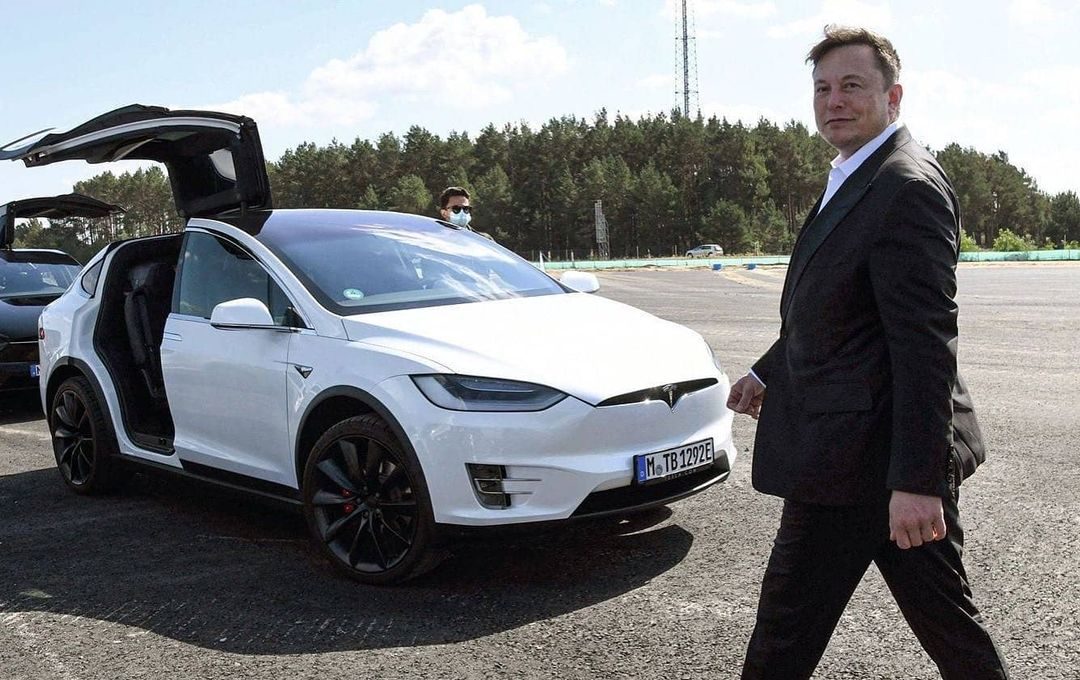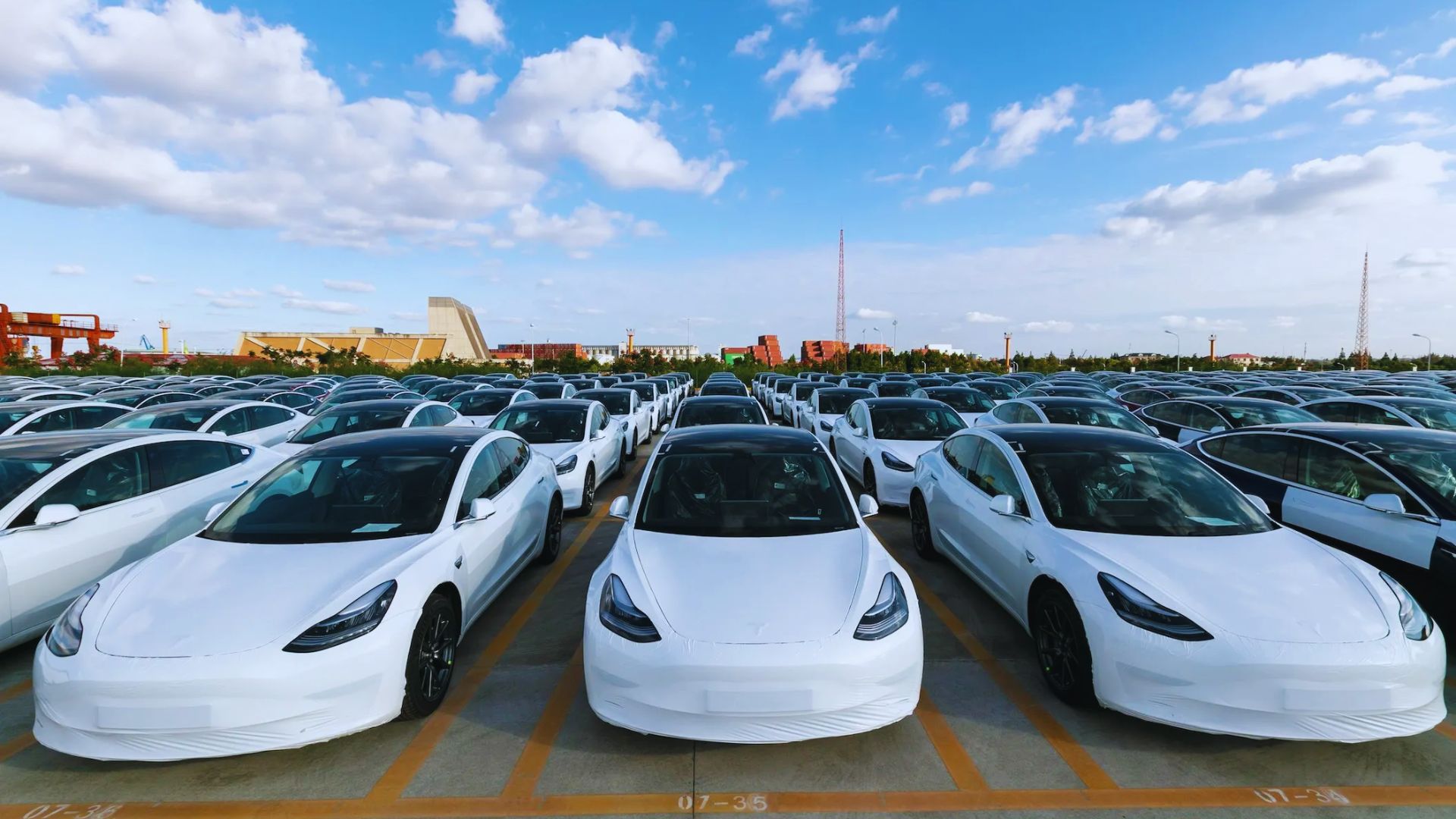In 2024, Tesla and others may lose EV tax credits, impacting sales but not long-term value.
The popularity of electric vehicles (EVs) in the United States has been significantly boosted by tax incentives. In the third quarter, EV sales reached over 313,000 units, marking a near 50% increase compared to the previous year. This surge is largely attributed to the $7,500 tax credit introduced by the Inflation Reduction Act.
However, this credit comes with specific requirements that could impact Tesla and other EV manufacturers in 2024.
The U.S. government’s strategy is to encourage EV production using materials from allies and trade partners. The eligibility for the tax credit is based on the origins of the battery minerals and components. The government prefers these essential components to be sourced either domestically or from countries with which it has a free-trade agreement. This policy necessitates strategic supply chain planning for companies like Tesla.
The law stipulates that the tax credit is divided equally between two components: the battery materials and the battery itself. Manufacturers can qualify for half of the credit if they meet the required criteria for either the battery materials or the battery. Moreover, the qualifying thresholds will increase annually, encouraging manufacturers to shift their sourcing to countries favorable to the U.S.
To qualify for this tax credit, an EV manufacturer must meet certain minimum criteria in terms of the quantity of specific materials or components per vehicle:
| YEAR | MINERALS | COMPONENTS |
|---|---|---|
| 2023 | 40% | 50% |
| 2024 | 50% | 60% |
| 2025 | 60% | 60% |
| 2026 | 70% | 70% |
| 2027 | 80% | 80% |
| 2028 | 80% | 90% |
| 2029 | 80% | 100% |
In 2024, due to rising eligibility thresholds, several companies may lose the EV tax credits they benefited from in 2023. Tesla’s Model 3 Long Range RWD, for instance, might miss out on these incentives because its batteries are sourced from China. Similarly, the Model Y could also see a reduction in incentives.
Tesla is not alone in this scenario; the Ford Mustang Mach-E is also anticipated to lose a portion of its credit in 2024.
The exact list of vehicles that will or will not qualify for these credits in the future remains uncertain, but this shift is expected to significantly impact the automotive industry. A key question arises: Will EVs remain appealing without government subsidies?
In response to rising interest rates, Tesla has already reduced prices to offset increased payment costs. With the potential removal of these incentives, it will be interesting to see how the company adjusts its pricing strategy.
The impact of losing the EV credit on Tesla’s market performance is unclear. However, it’s unlikely to significantly affect Tesla’s stock sentiment.
Despite a strong performance in 2023, with Tesla’s stock value more than doubling, it still remains about 40% below its late 2021 peak.
Tesla’s stock valuation is complex, given the high expectations for its future projects like the Cybertruck, the EV semi-truck, full self-driving technology, robotaxis, and robotics. Even if Tesla achieves only half of its ambitious goals, it is poised to become one of the most influential companies globally.
The loss of the EV credit may not drastically alter long-term trends. Government regulations continue to support EV adoption, and there is always the possibility of changes to the credit rules, although this is speculative. Regardless, manufacturers are likely to adjust their sourcing practices to comply with regulations and continue incentivizing EV purchases.
While the loss of some credits for Tesla may be a setback for EV buyers, it is unlikely to significantly impact overall sales, as many competitors face similar challenges.
For investors eyeing Tesla stock, this development might not lead to the price drop some are hoping for. However, if you believe in Tesla’s long-term potential, this news should not deter your investment plans.




